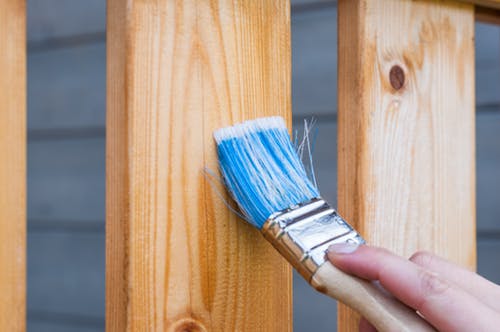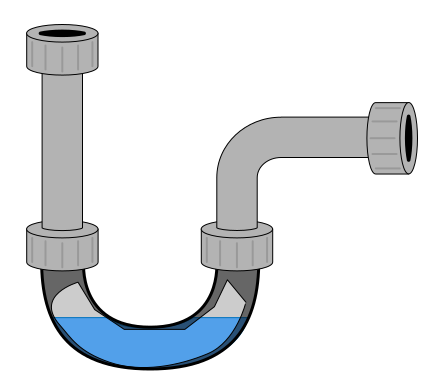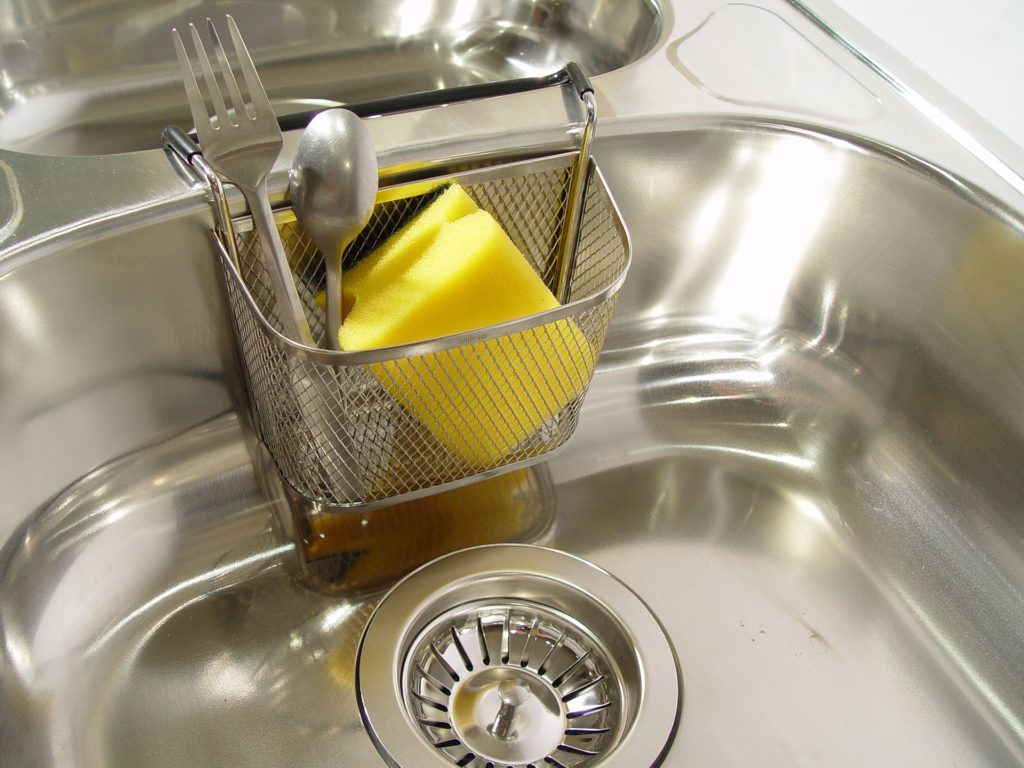Considering a home purchase in can be daunting and tricky. With questions like ‘Is this a good time to buy? Are interest rates too high at the moment? Do I have enough saved up to even consider purchasing? Where do I even start?’ As experienced real estate agents and property managers, we understand the challenges our field can present, and the confusion that surrounding a constantly changing market. We’ve seen some pretty significant changes in the last year, so those hurdles that appeared too large to overcome in the past- from bidding wars to cash offers impossible to compete against- appear to be overall a thing of the past- at least for now.
We wanted to take a moment and discuss some of the biggest questions we get from tenants looking to transition from renters to homeowners:
1. Are we still in a seller’s market?
It’s a difficult question to answer, and can vary on who you ask. One thing is for certain- we’re closer to a balanced market than we have been in almost 10 years. The last six months have clearly indicated a correction in the market nationwide. After the meteoric rise in house prices since recovering from the last recession, home prices appear to be coming back down to Earth. For example- the Pikes Peak Realtor Services Corp listed 334 homes- both existing properties and new build construction- actively for sale in El Paso County in January 2022. By the end of the year that number rose to a whopping 1,409! Increased inventory means more homes to choose from, less competition from other buyers over the same property, fewer bidding wars, and steadily declining prices month over month. Which leads us to our next question:
2. Do I have enough saved up to purchase a home?
We commonly receive calls from tenants asking if they need to be able to put 20%
down payment on a home- to which the answer is NO! Most loans only require anywhere from 3.5% to 5%, with some not requiring any down payment at all! Even then, some conventional loans allow for 3.% down, and there are several down payment assistant loans and grants you could be eligible for as well. Active duty service members, veterans, and eligible surviving spouses can obtain 100% financing on VA loans that don’t require mortgage insurance. We have several local lender contacts, knowledgeable and locally competitive we’re happy to refer you to anytime!
3. Shouldn’t I wait for interest rates to go back down?
Our honest opinion- no. Rates are higher now than they were in the last few years, but
historically 30 year mortgage rates in the United States averaged 7.75% from 1971 until 2023.
The highest rate during that time ? 18.63% in 1981! While rates increased in 2022, we’ve
experienced a steady decline in interest rates in the past two months, convincing some
economists that rates could level off through early 2023. While it’s unlikely we’ll see rates in the 2-3% range again for a very long time, some sellers are now offering to sell their home and assume their low interest loan at the same time, while others are offering to buy down your rate by 1-2% with a buydown program! We’re happy to provide more information on both of these options
We hope this article helps clear up some of the more common questions we hear from both first time and seasoned homebuyers. If you have any additional questions please don’t hesitate to contact us to discuss- and as always, be sure to inquire into our home purchasing program, which allows you to
purchase any home in Colorado Springs and the surrounding area without paying a break lease fee!
Thank you!
Morgan Schneider
719-260-9970 x105
morgan@byrnemanagement.com














